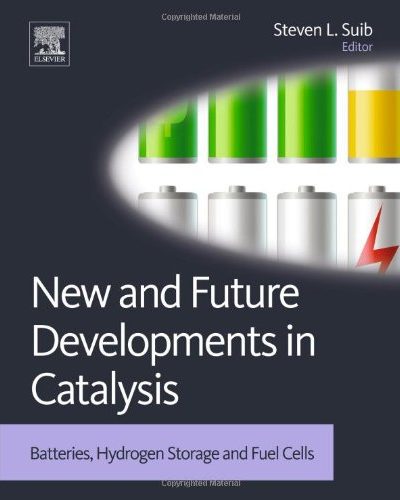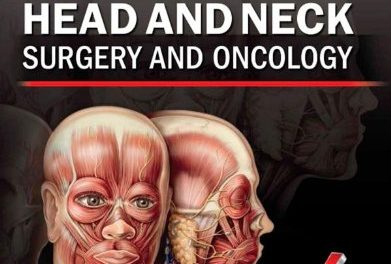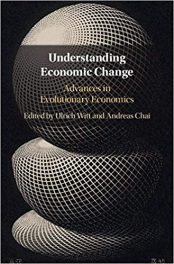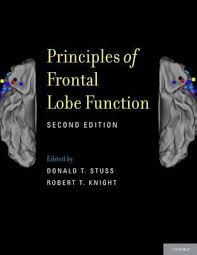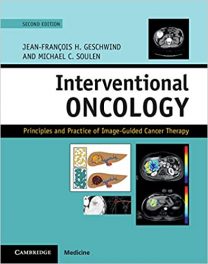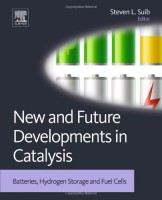 Editor: Steven L. Suib
Editor: Steven L. Suib
Publisher: Elsevier – 535 pages
Book Review by: Venkat Subramaniam
This book is part of a group of seven on the latest ideas and developments on the subject of alternative and renewable energy sources, and the role that catalysis plays in converting new renewable feed stocks into biofuels and biochemicals.
With the whole world concerned about shortage of, and rising cost of oil, alternative energy sources are constantly being sought now, and some – such as solar and wind for example – are already being used where they are plentiful.
Batteries and fuel cells have been shown to be environmentally friendly devices for storage and production of electricity. They’re being used in electric cars. This book deals with, among other things, the preparation of the feed for fuel cells, and various conversion processes.
Both homogenous and heterogenic catalysts and catalytic processes are discussed in a unified and comprehensive approach in this series. There is extensive cross referencing within all volumes.
52 specialists in various areas of catalysis, from the United States and a dozen other countries – Belgium, Brazil, Denmark, France, Germany, India, Japan, People’s Republic of China, South Africa, Spain, Taiwan, and Turkey – contributed material for this book.
These are the key features of this book:
- In-depth coverage of all catalytic topics of current interest and outlines the future challenges and research areas
- Clear and visual description of all parameters and conditions – enabling the teacher to draw conclusions for a particular case
- Outline of catalytic processes applicable to energy generation and design of green processes
Each chapter starts with a detailed title and gives the affiliation and background of the author(s) followed by usually a single-paragraph introduction of the subject matter of the chapter.
Discussion of various topics follow after the Introduction. Information presented within each topic is made easier to understand through graphics such as charts, figures, photos, and tables. Math formulas are also presented throughout the chapters. A Summary and a list of References are provided at the end of each chapter.
Steven L. Suib is with the Department of Chemistry and Chemical Engineering of the Institute of Materials Science at the University of Connecticut in Storrs, CT.
Contributors:
R. Awashi – India
Olga A. Baturina – USA
David Bloom – USA
Nicolai Bork – Denmark
Michael Bron – Germany
Marian Chatenet – France
Hung-Lung Chou – Taiwan
Adalgisqa Rodrigues De Andrade – Brazil
Arthur Dobley – USA
Thiagos dos Santos Almeida – Brazil
Bin Fang – USA
John Fantry – USA
Paloma Ferreira-Aparicio – Spain
Sergio Garcia-Rodriguez – Spain
Stephen Gorton – USA
Malgorzata K. Gubinska – USA
Tirma Herranz – Spain
Jakob G. Howalt – Denmark
Jens Strabo Hummelshoj – Denmark
Bing-Joe Hwang – Taiwan
Takayuki Ichikawa – Japan
Emmanuel Iwuoha – South Africa
Nathalie Job – Belgium
Yoshitsugu Koshima – Japan
Yongfeng Liu – People’s Republic of China
Rameshwori Loukrakpoam – India
Jin Luo – USA
Steen Lysgaard – Denmark
Madhu – India
Frederic Maillard – France
Ashish Mhadeshwar – India
Hiroki Miyaoka – Japan
Angela M. Moreno – USA
Jon Steinar G. Myrdal – Denmark
Patrick Ndungu – South Africa
Alexander Nechaev – South Africa
Saim Ozkar – Turkey
Leslie Petrik – South Africa
Sergio Rojas – Spain
Christina Roth – Germany
Prabhakar Singh – USA
R.N. Singh – India
Alevtina E. Smirnova – USA
Chia-Liang Sun – Taiwan
Tejs Vegge – Denmark
Lifeng Wang – USA
Bridgid N Wanjala – USA
Jun Yang – USA
Ralph T. Yang – USA
Jun Yin – USA
Chuan-Jian Zhong – USA

